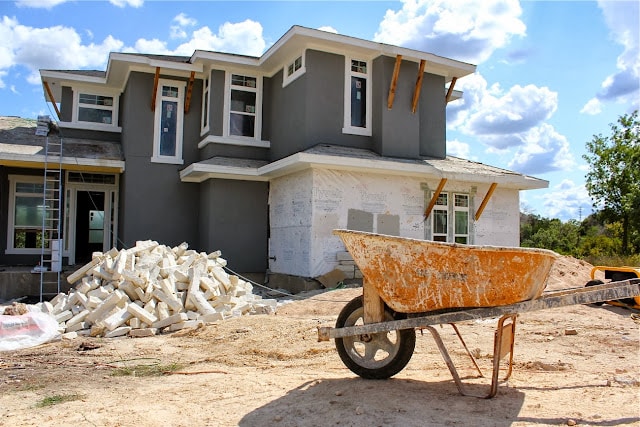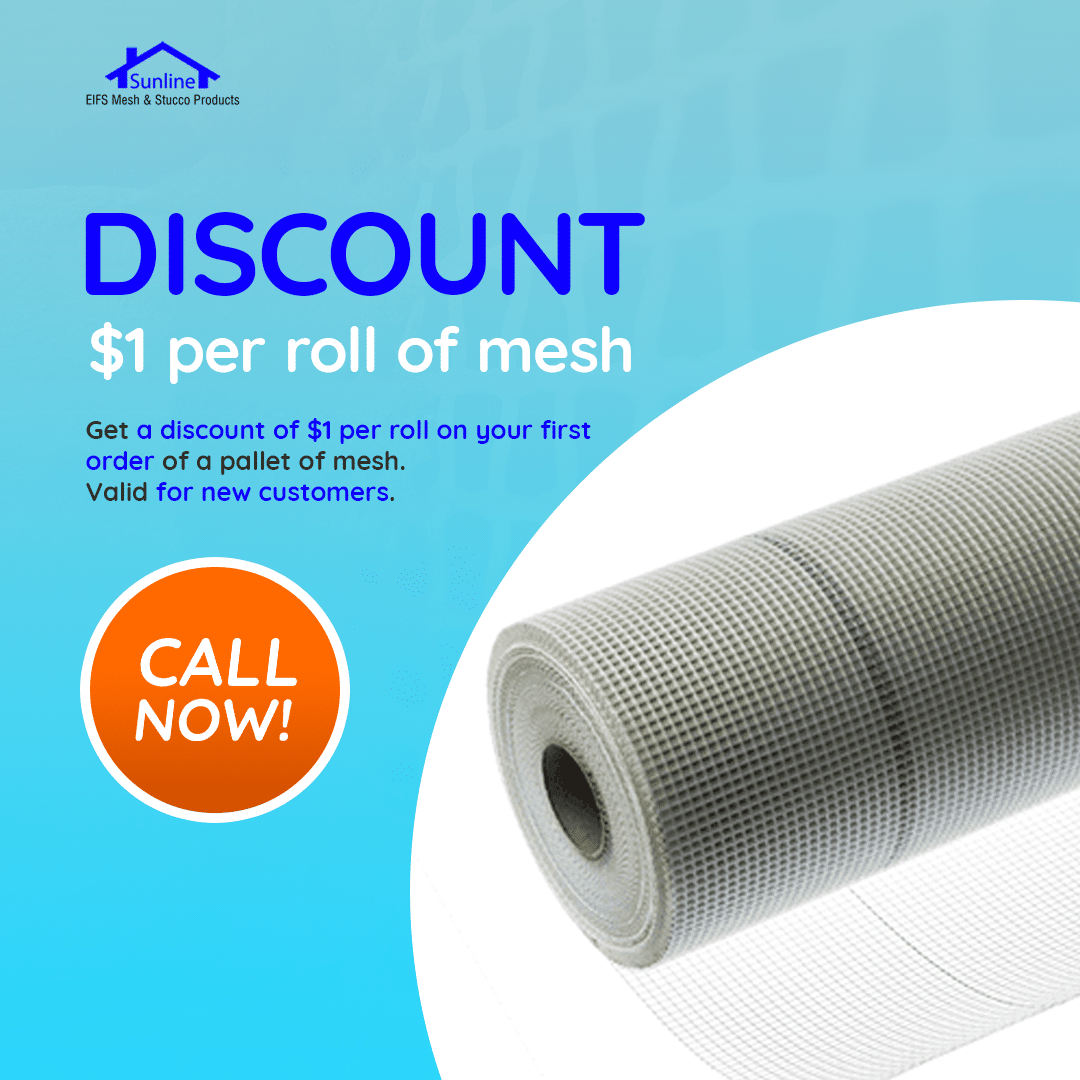Sometimes the terms EIFS and stucco are used interchangeably. Technically both are a type of stucco wall system. They are quite different though. EIFS which stands for Exterior Insulation Finishing System is synthetic stucco, a more modern wall cladding system for exterior walls which provides insulation and waterproofing. Stucco or traditional stucco is also known as hard coat stucco. It has been around for over 9000 years. It does not provide insulation or much resistance to water.
So how do the two wall systems vary in compostion? EIFS is comprised of the following layers: substrate/sheathing, air and water resistant coating, foam insulation board, fiberglass reinforcing mesh, base coat, and finish coat. Stucco can be applied as a one-coat or three coat system. One-coat consists of: metal lath, stucco mixed with fiberglass. Three-coat consists of: metal lath, scratch coat, brown coat, and finish coat.
What is the difference in the benefits of the two wall systems? EIFS provides insulation against both hot and cold temperatures and has an R rating. Due to this insulation energy savings are created for the home owner. When properly installed EIFS allow water that may intrude to drain and not cause damage. By nature of the materials used EIFS is flexible and has resistance to cracking. The outer layer of finish coat has its color mixed in and is resistant to fading and discoloration so maintenance is low. On the other hand stucco is somewhat cheaper to install than EIFS. It has very good resistance to fire, a one hour rating. It can be durable if used in the right climate.
The difference in these benefits is likely why the global EIFS market is considerably larger than the stucco one and is growing at a faster rate. The global stucco market is expected to grow from USD 61.02 billion in 2018 to USD 152.62 billion by 2026. By comparison the stucco market is expected to grow from USD 10.7 billion in 2018 to USD 15.3 billion by 2026.



